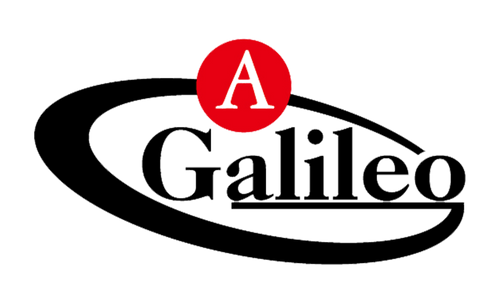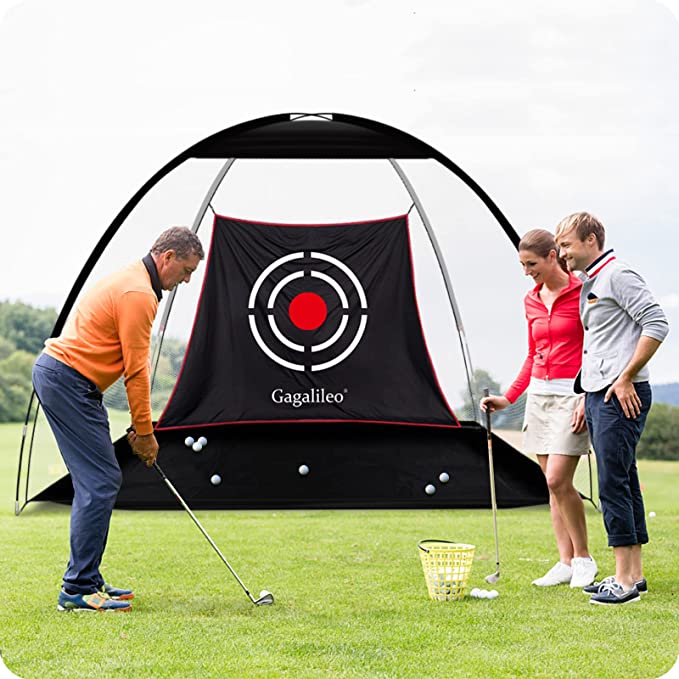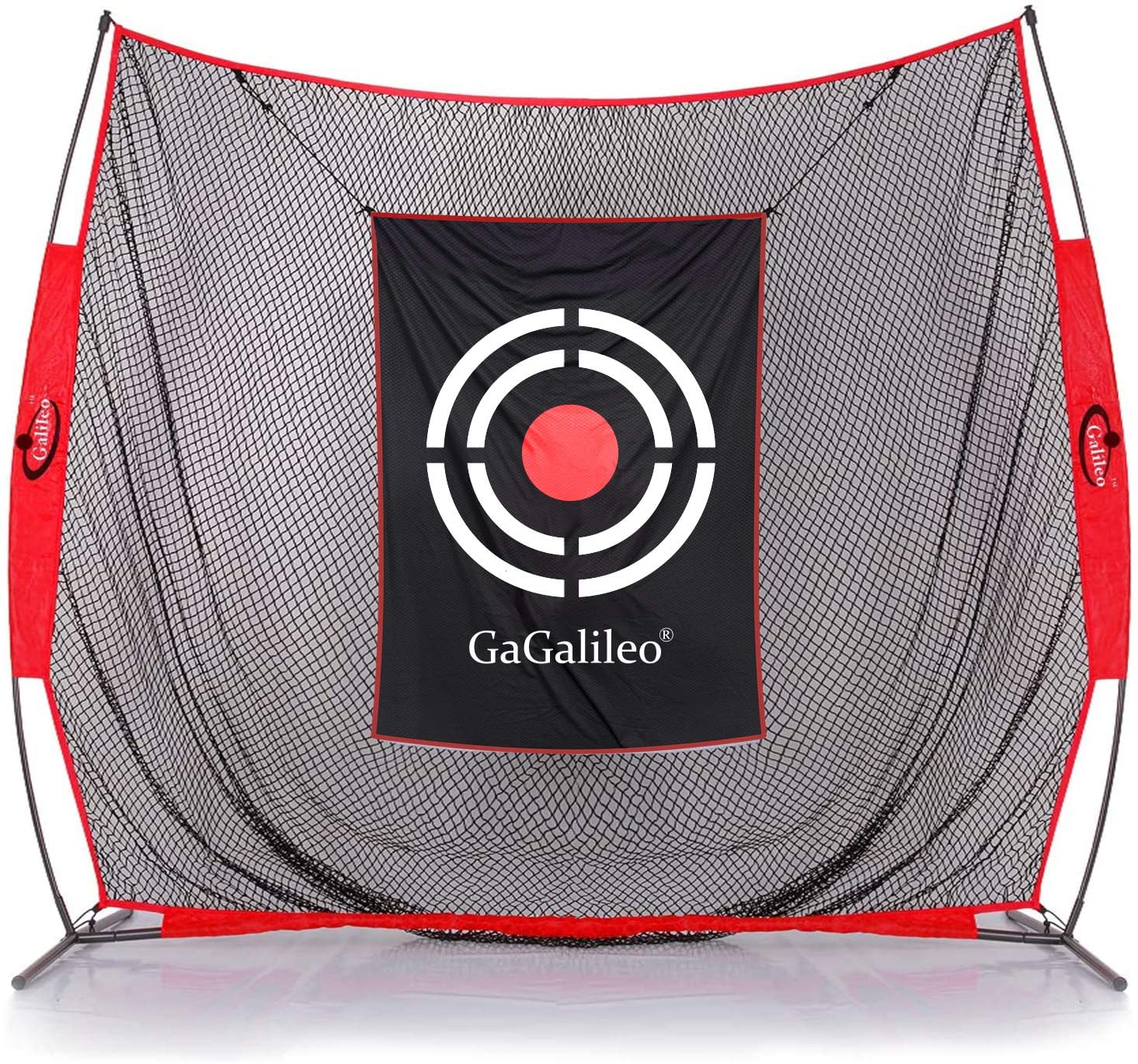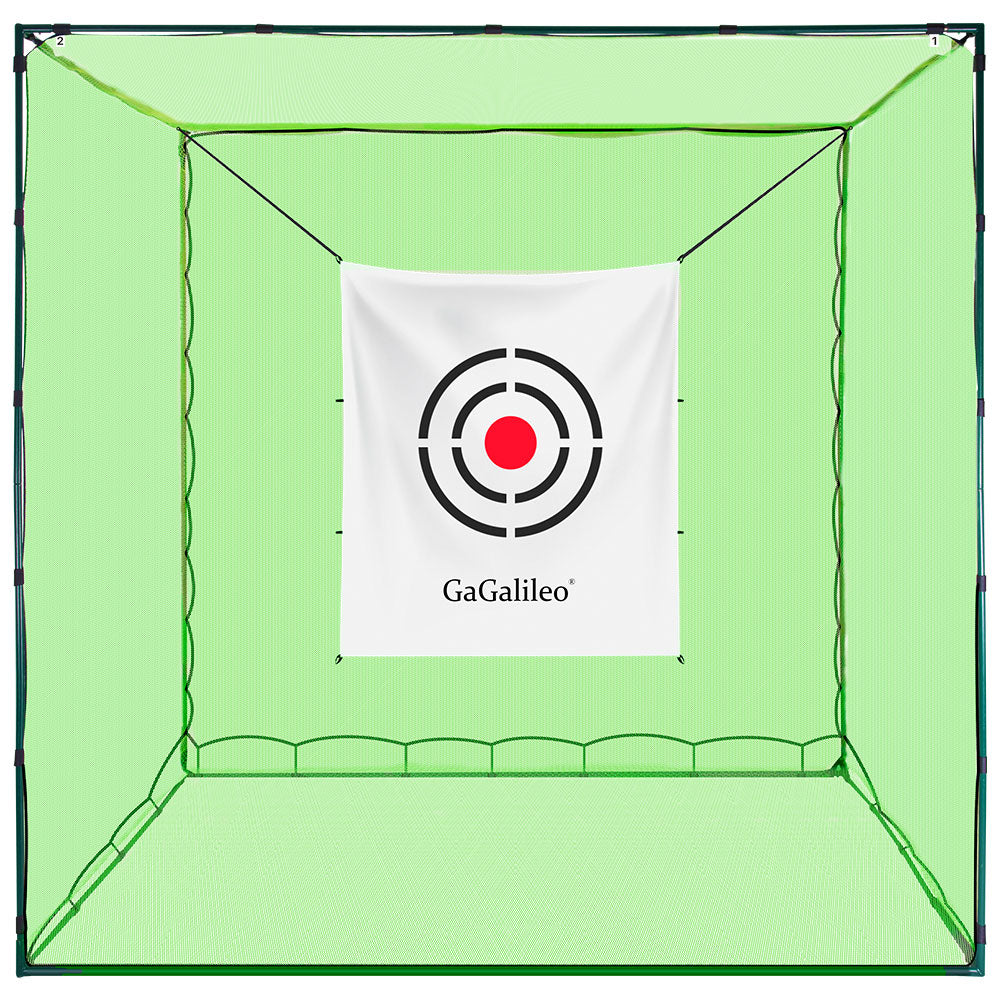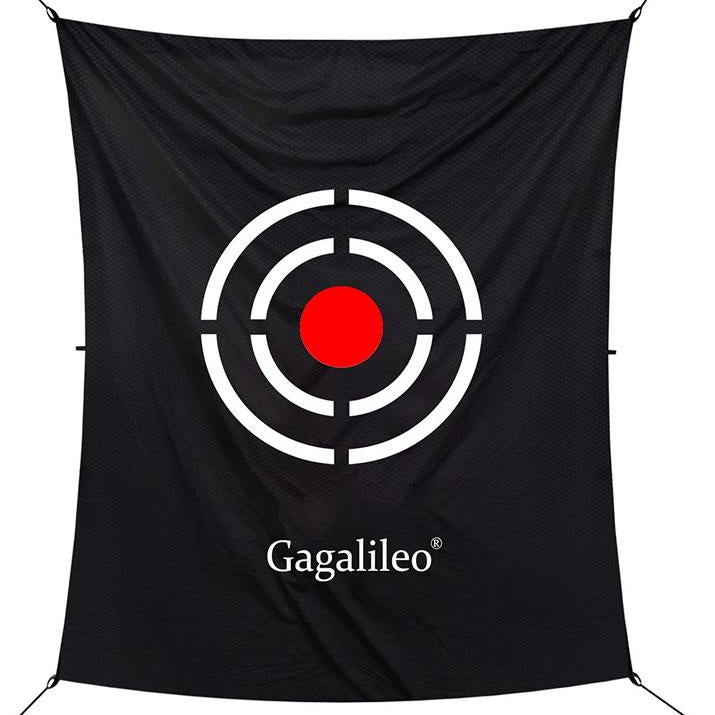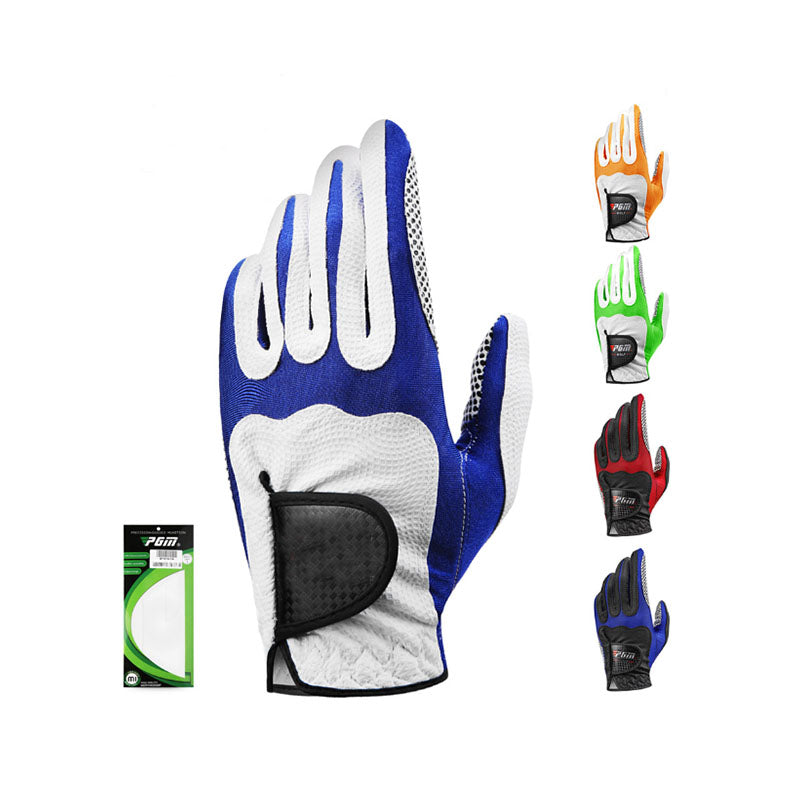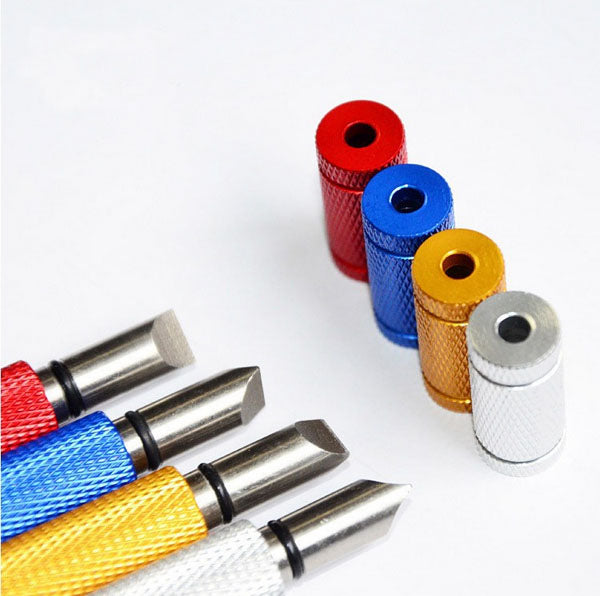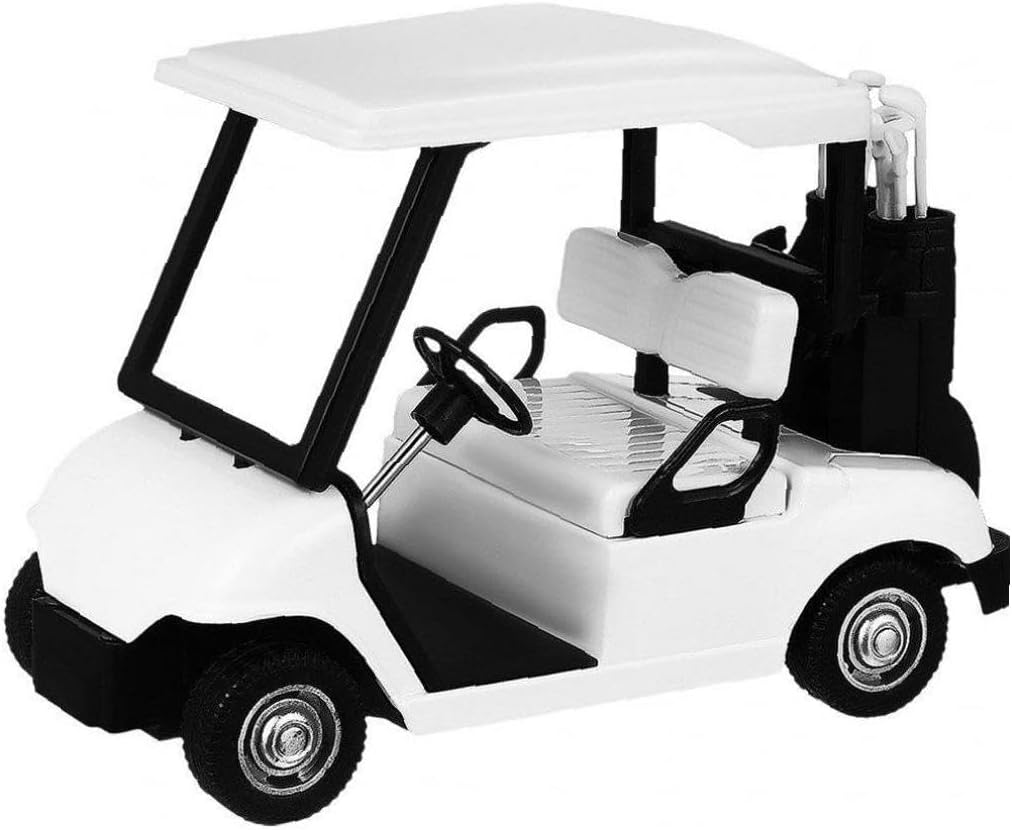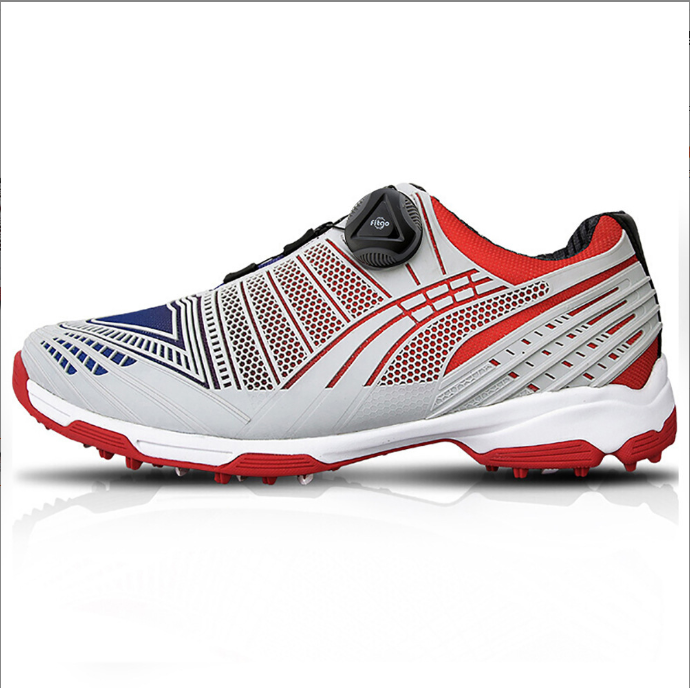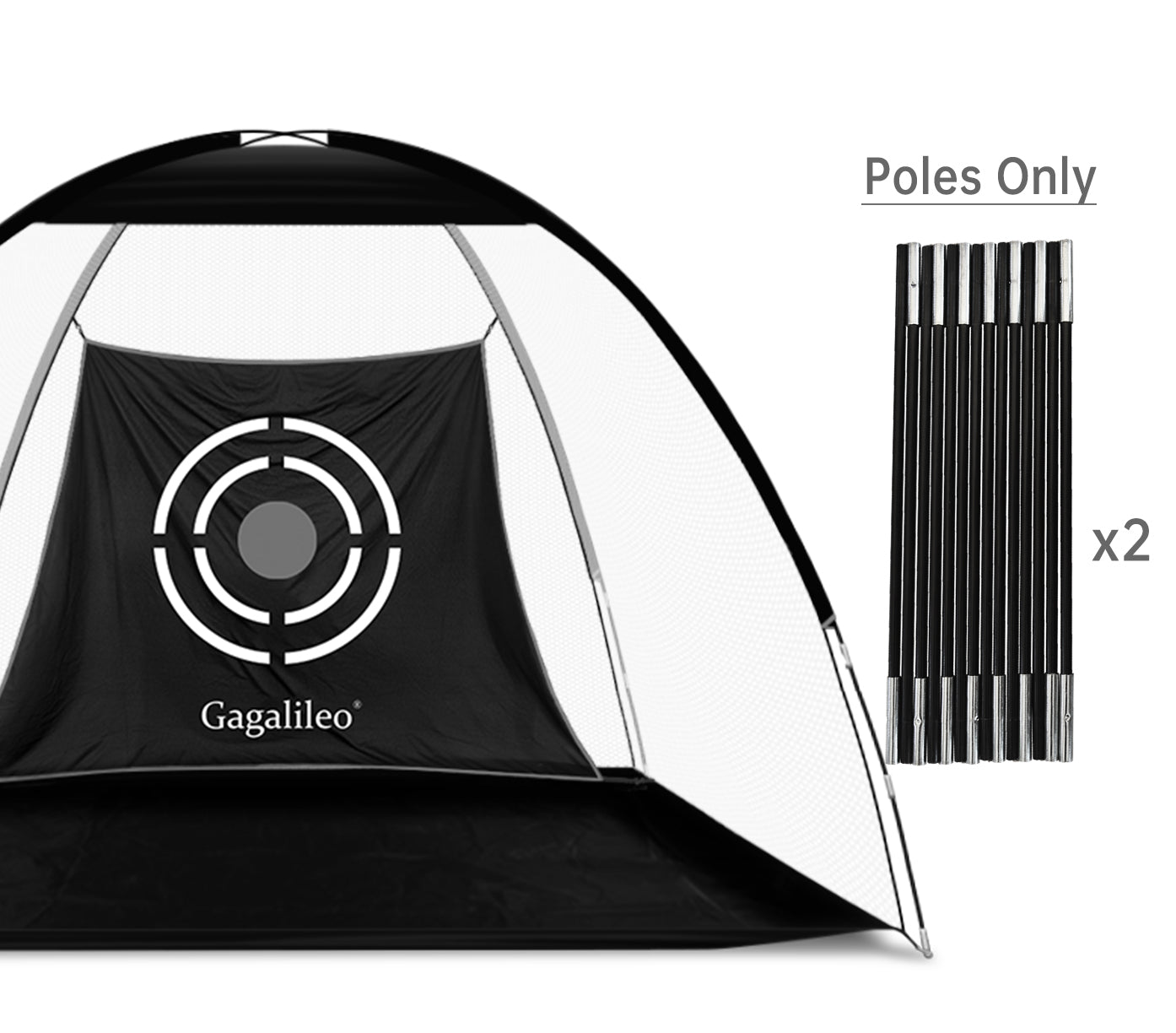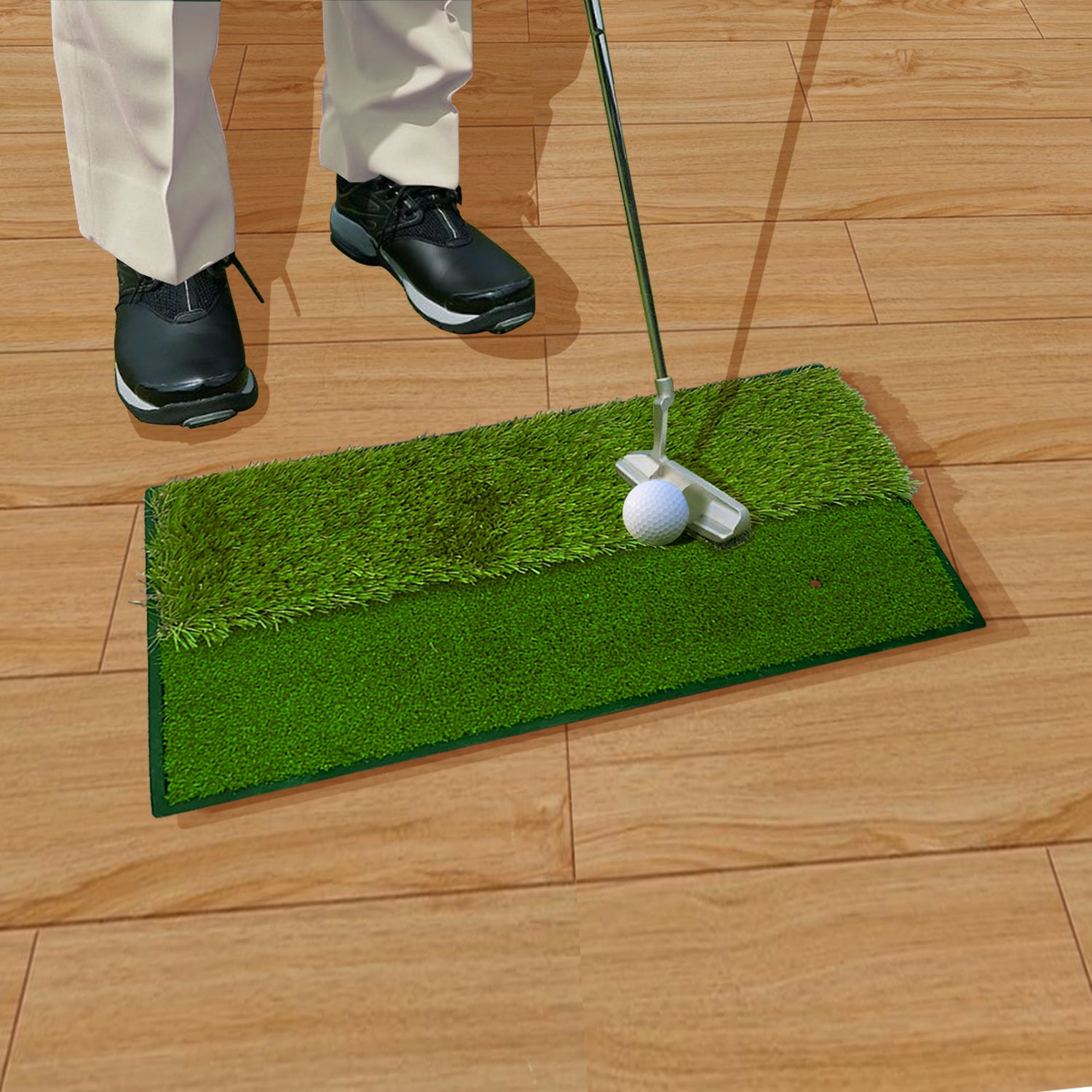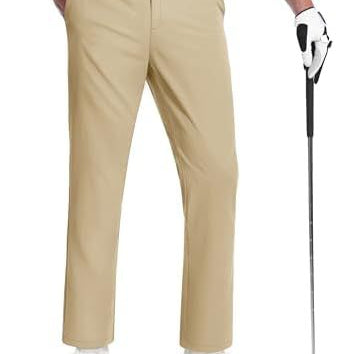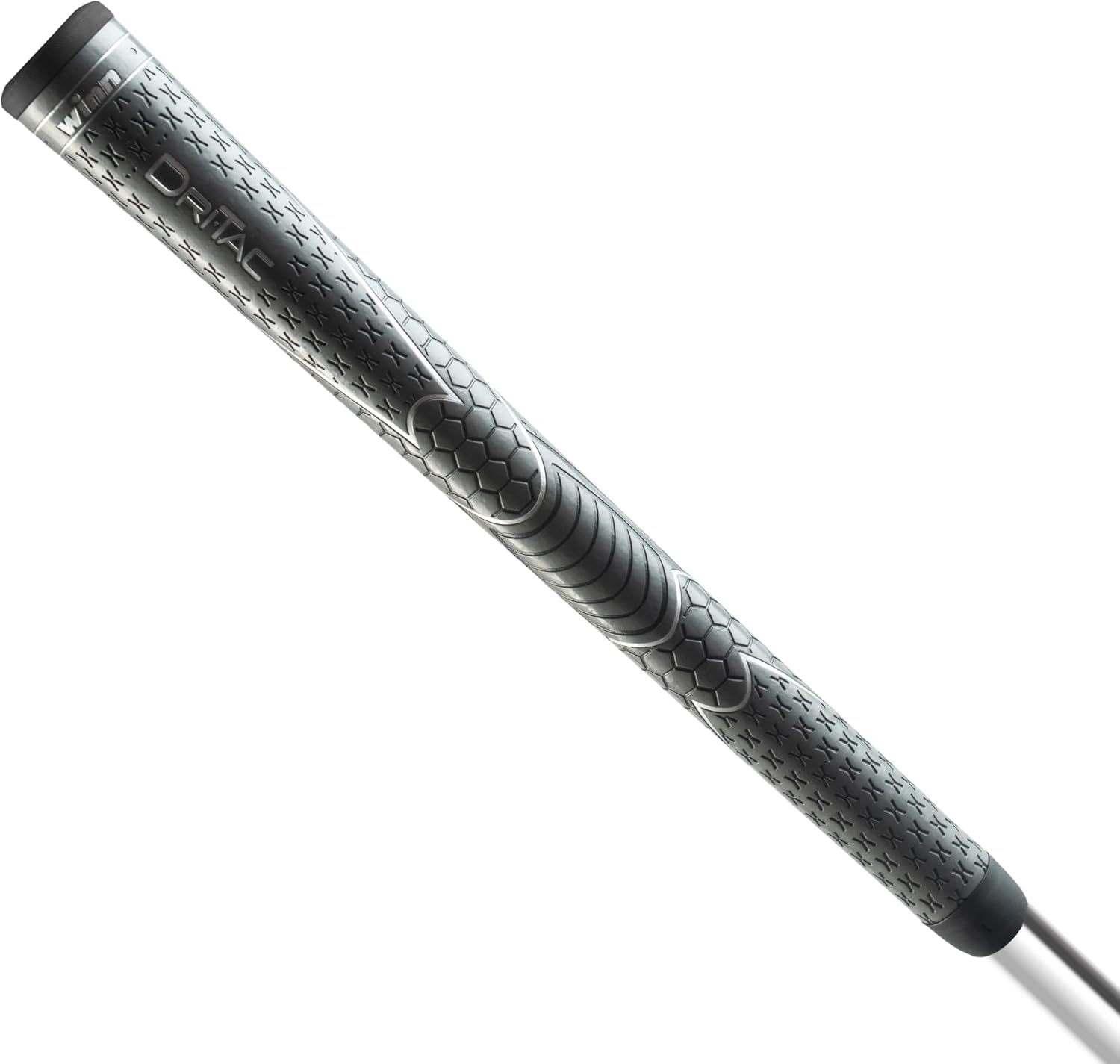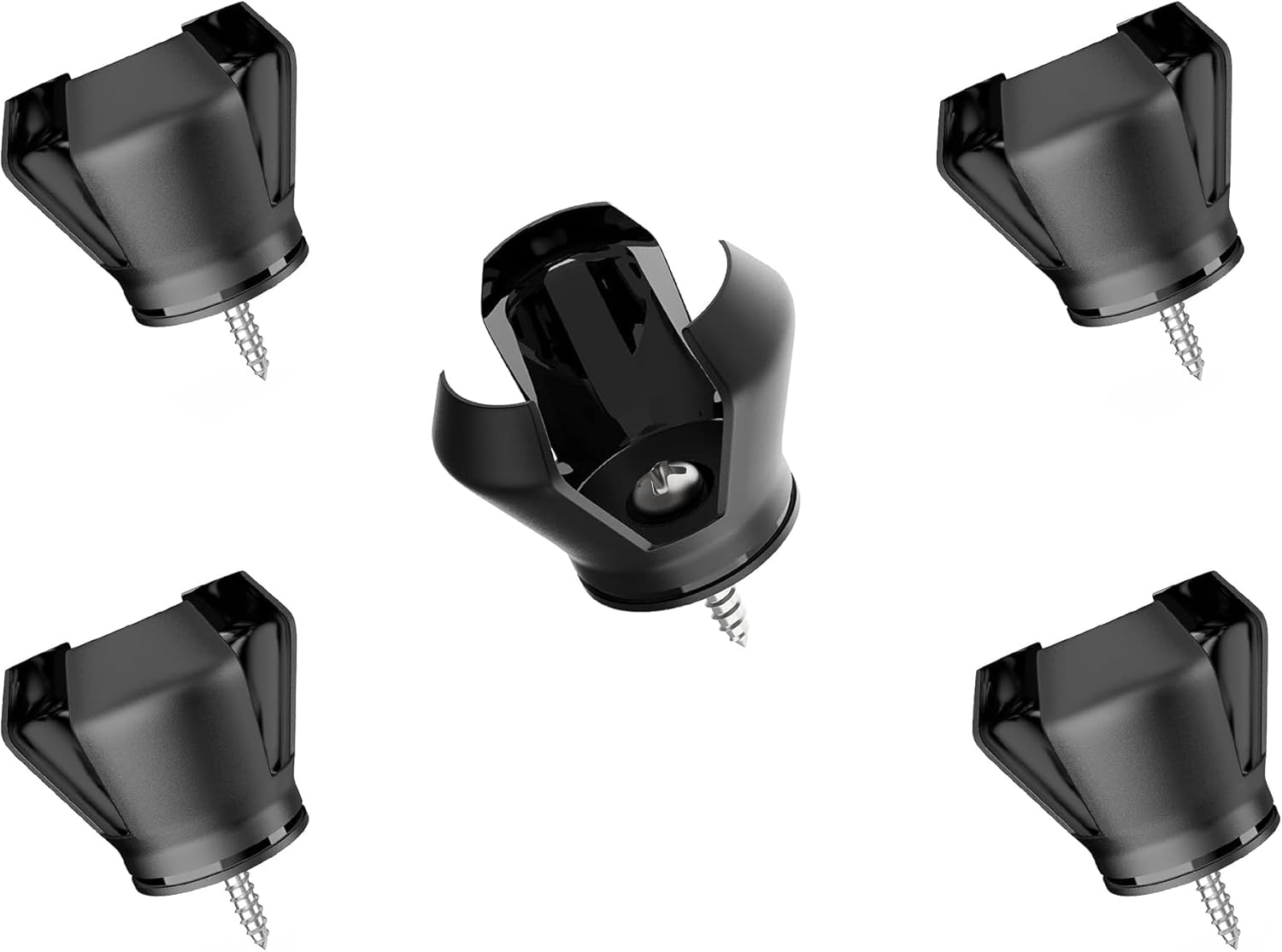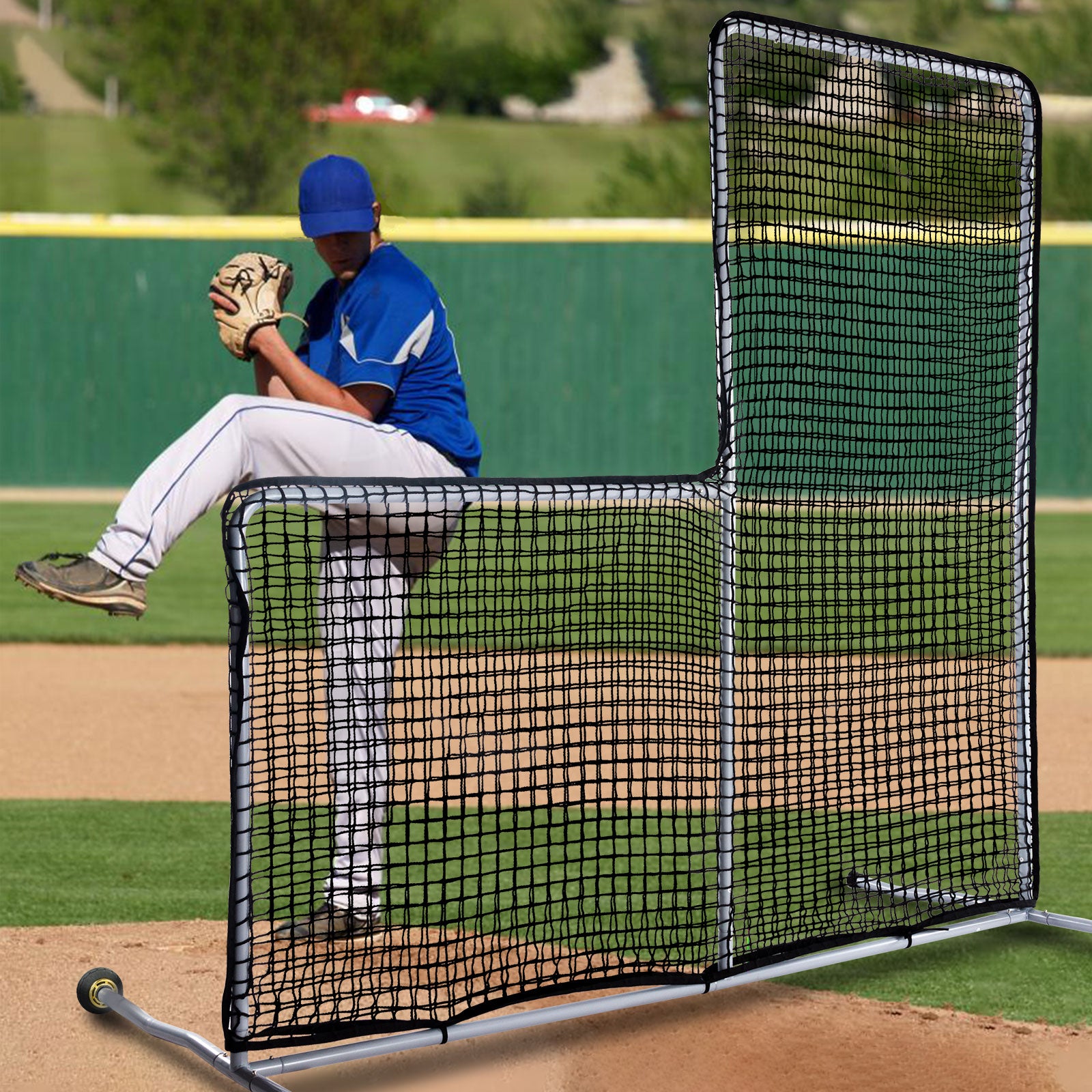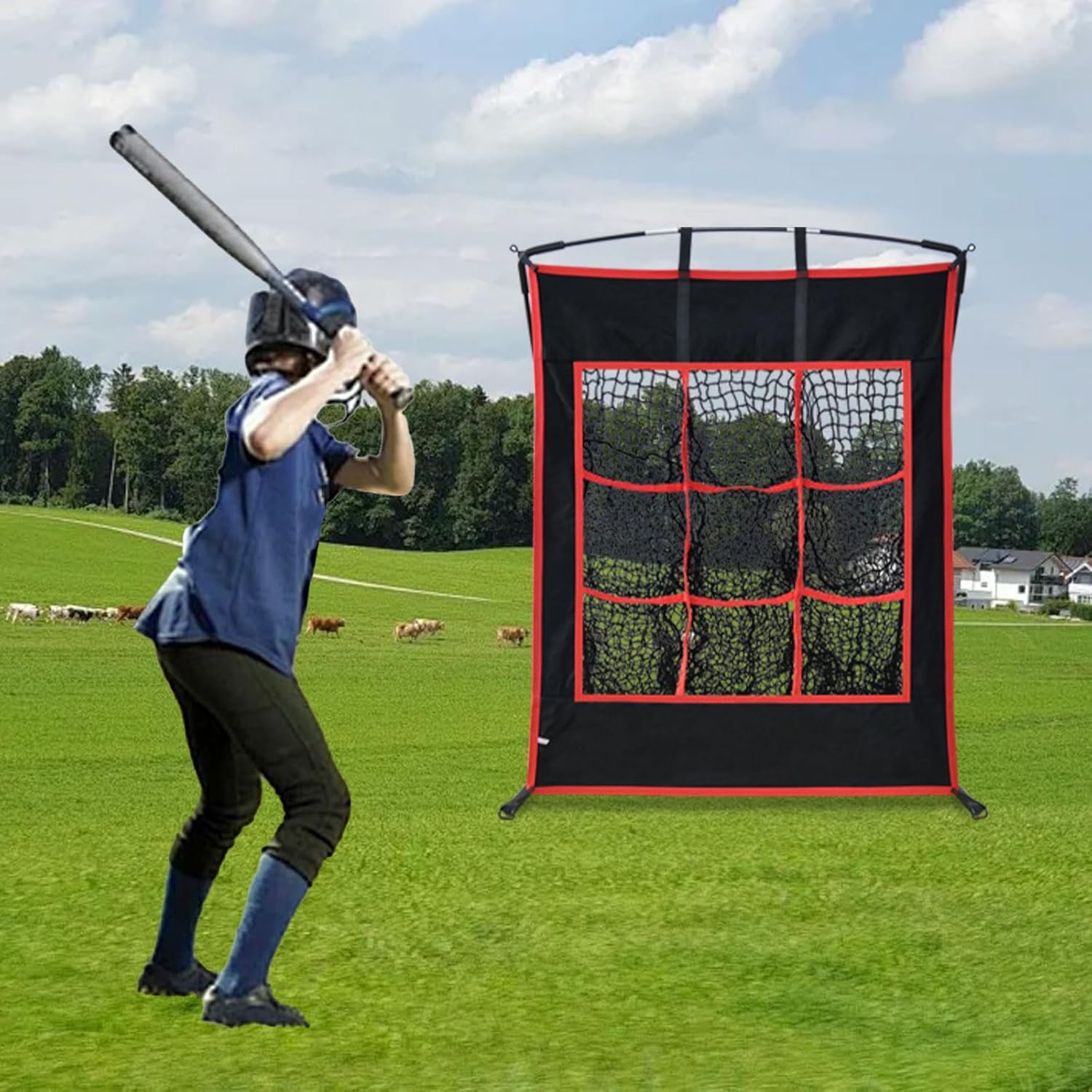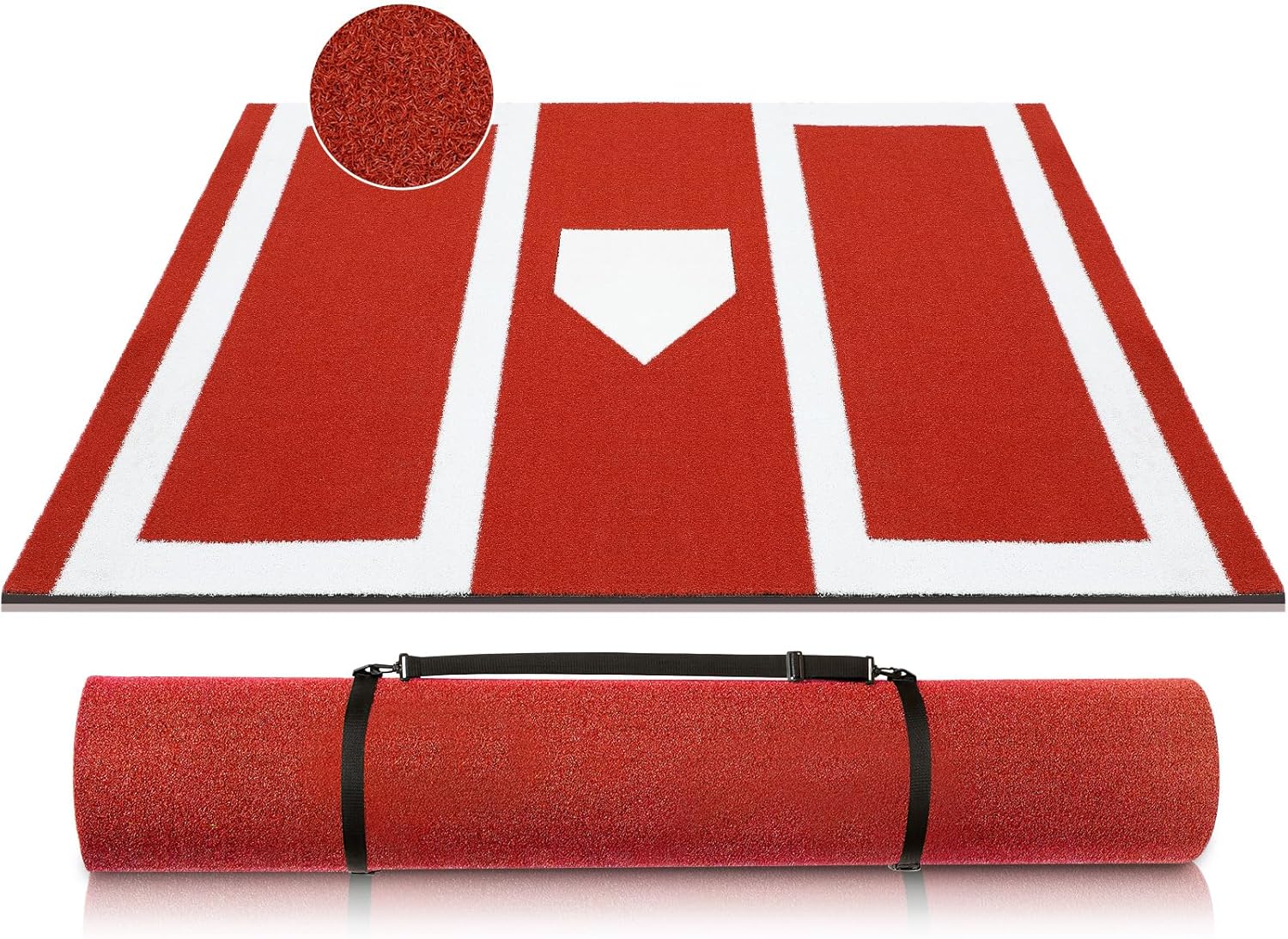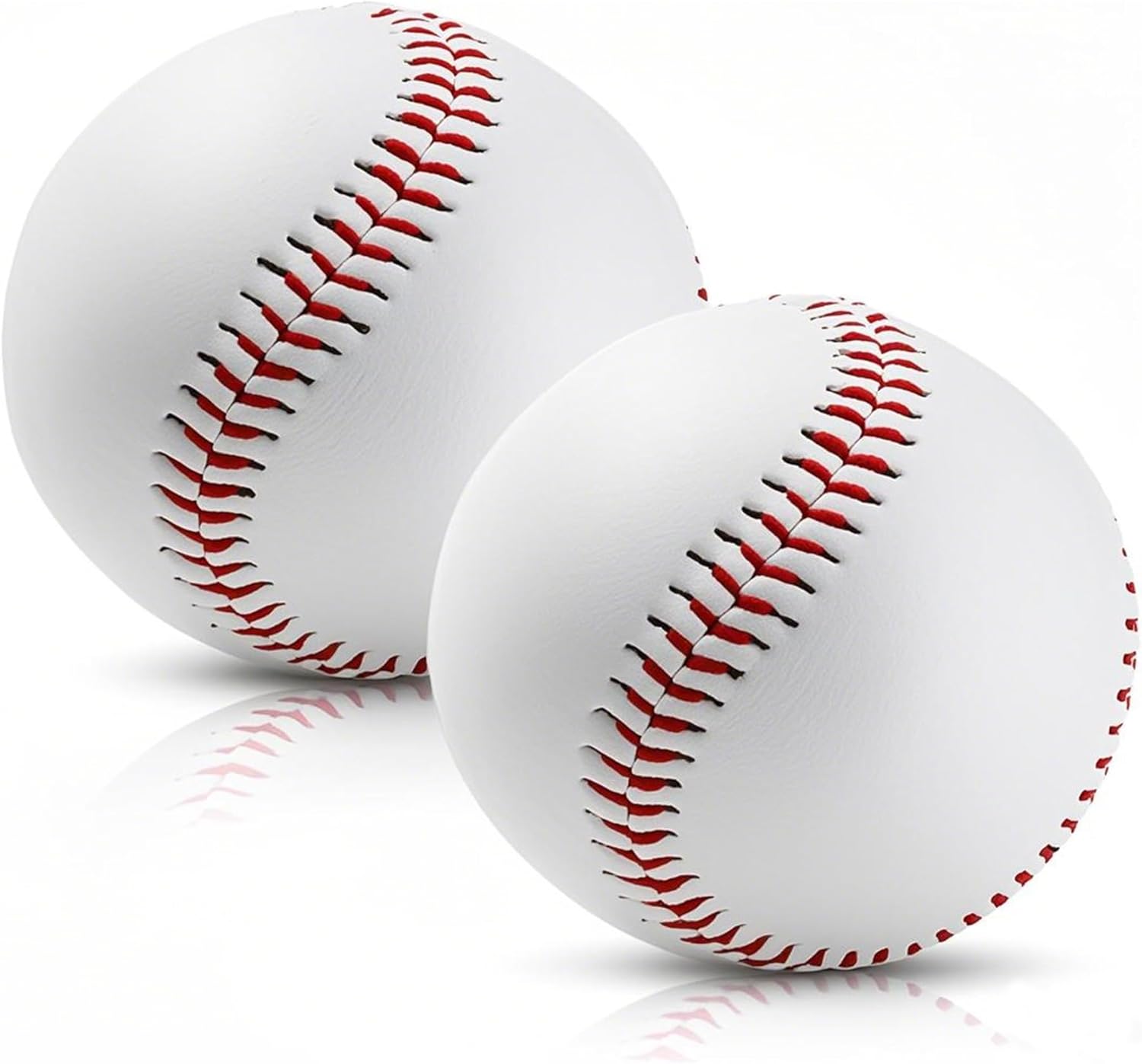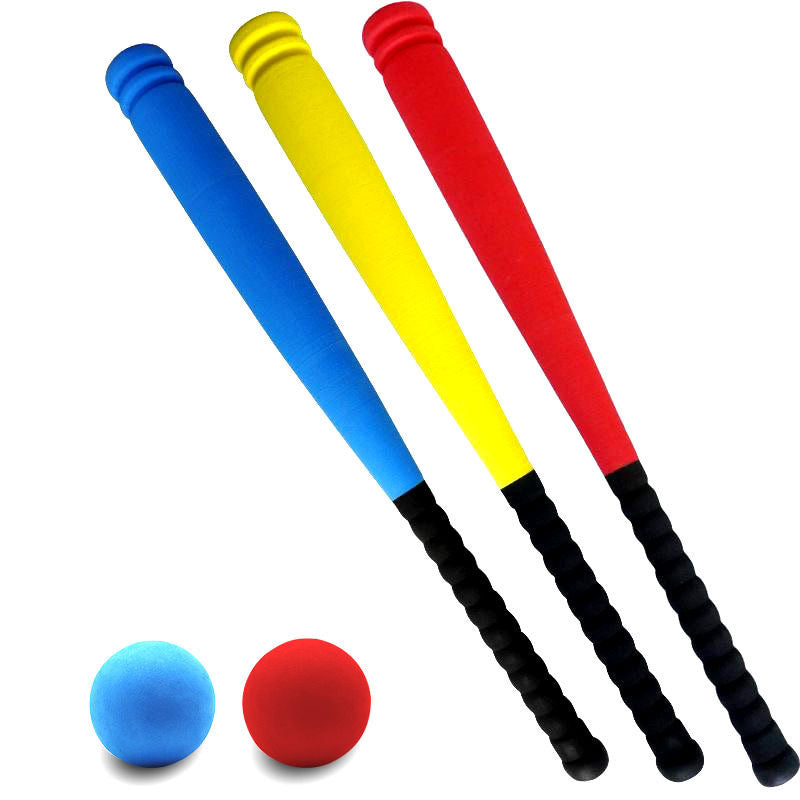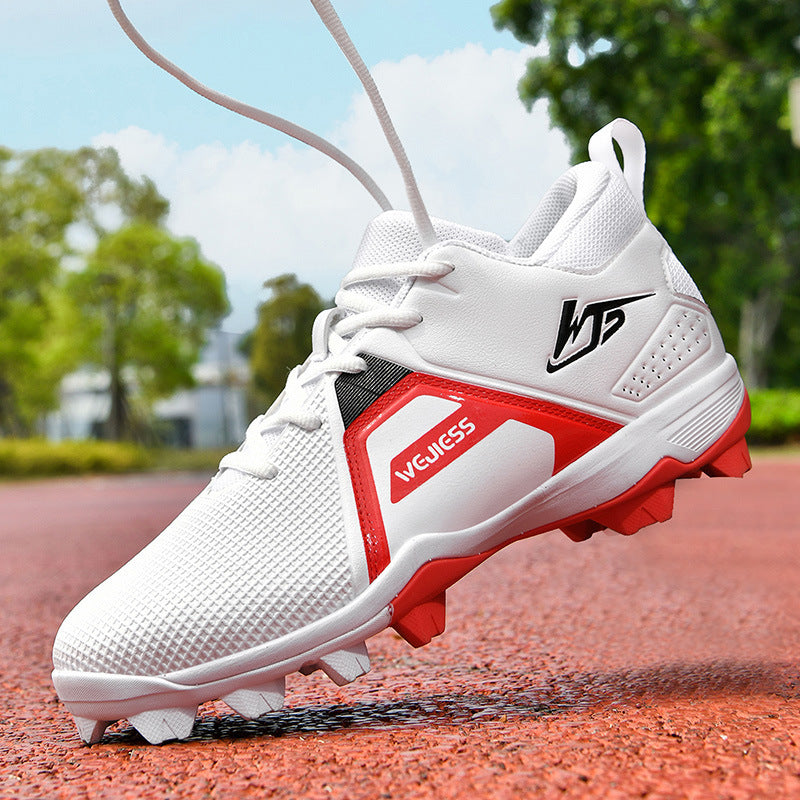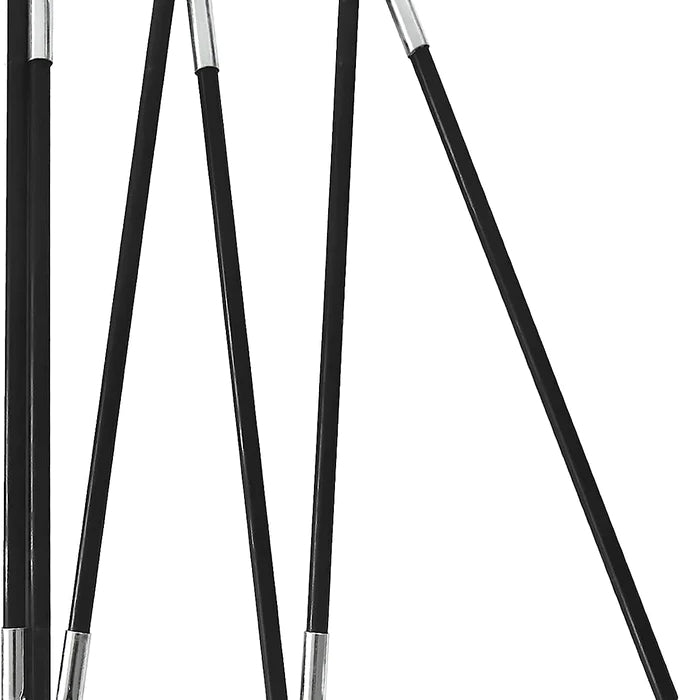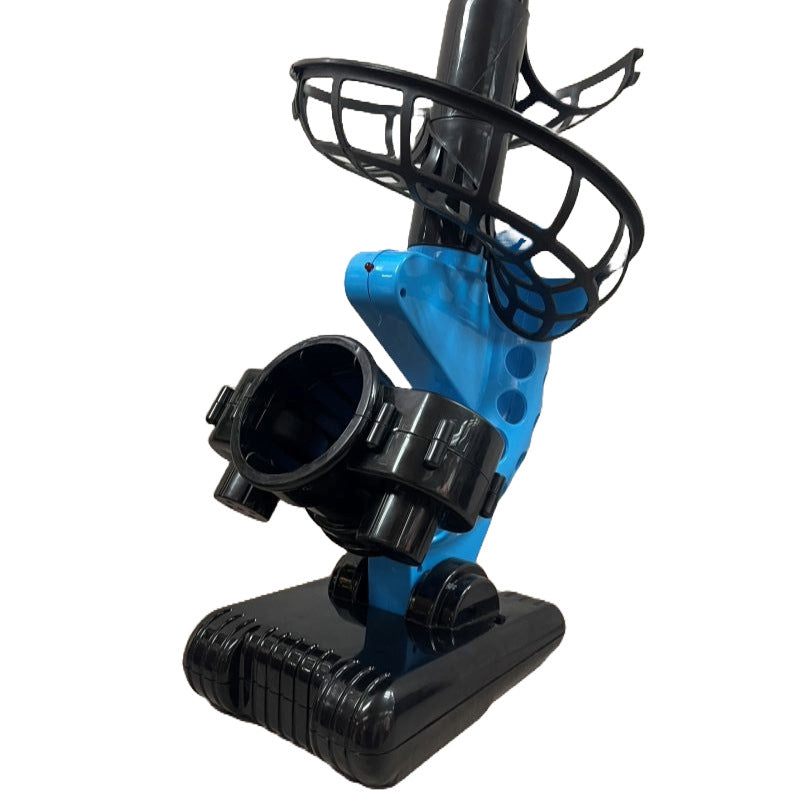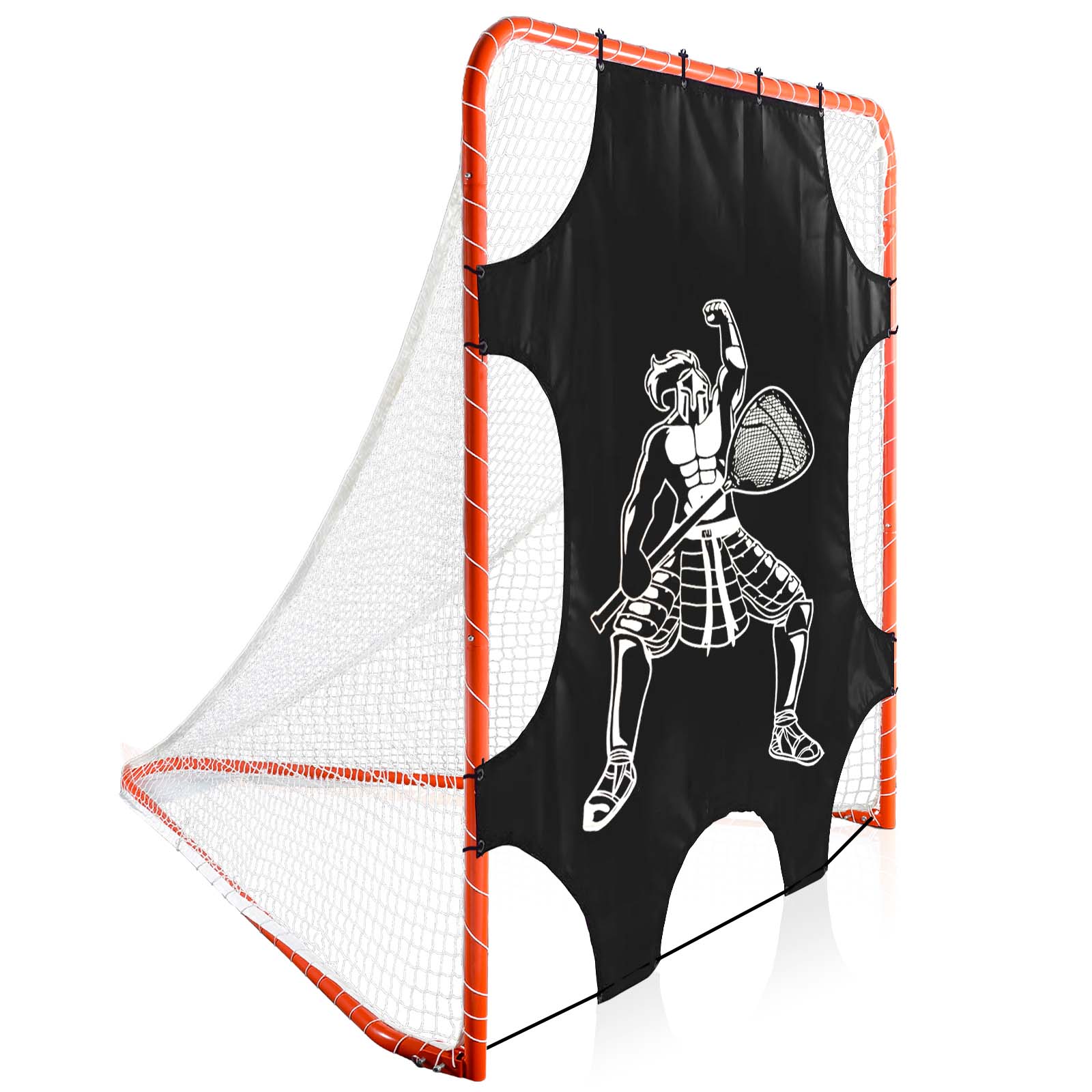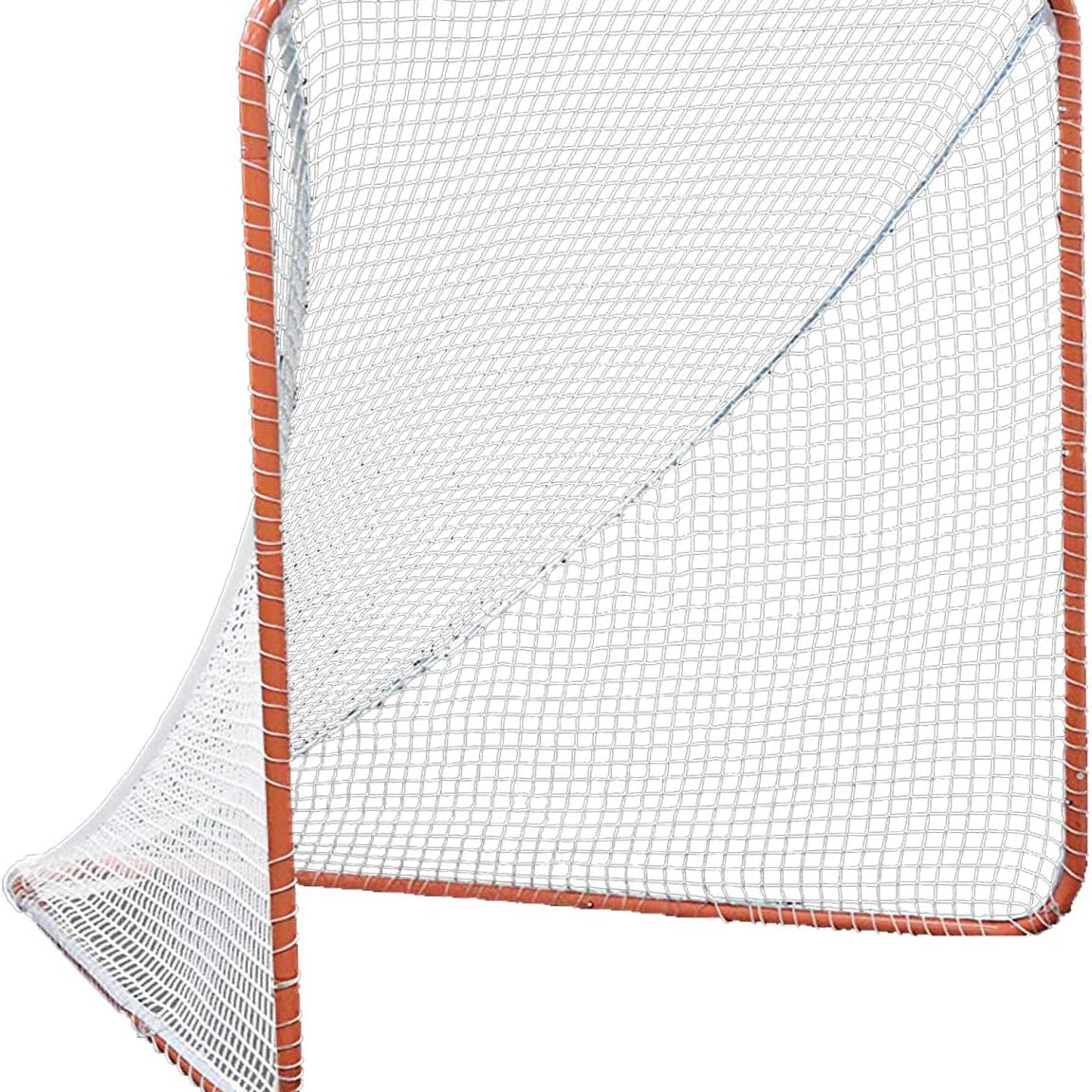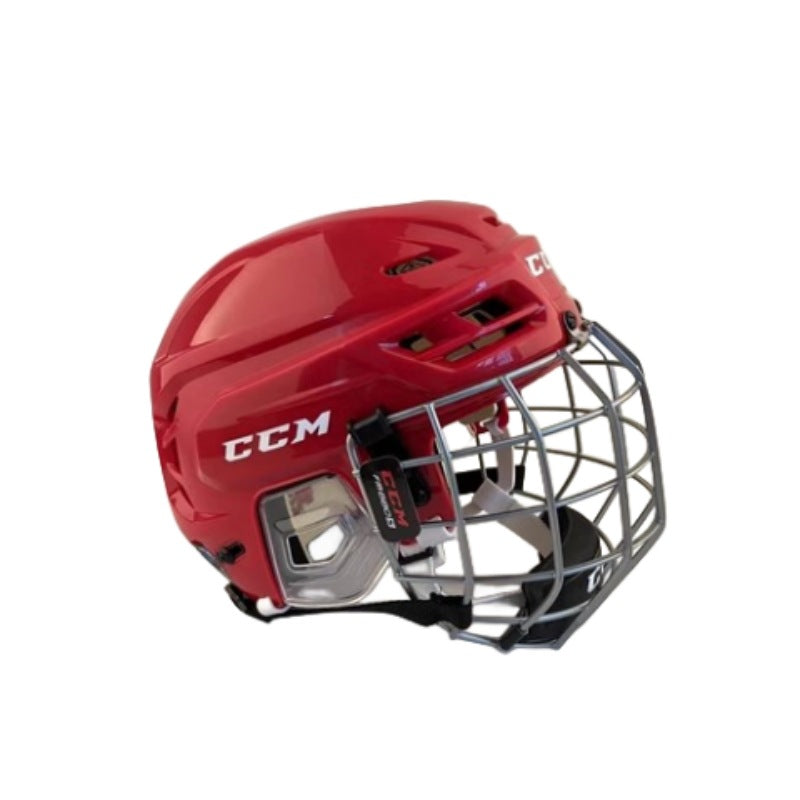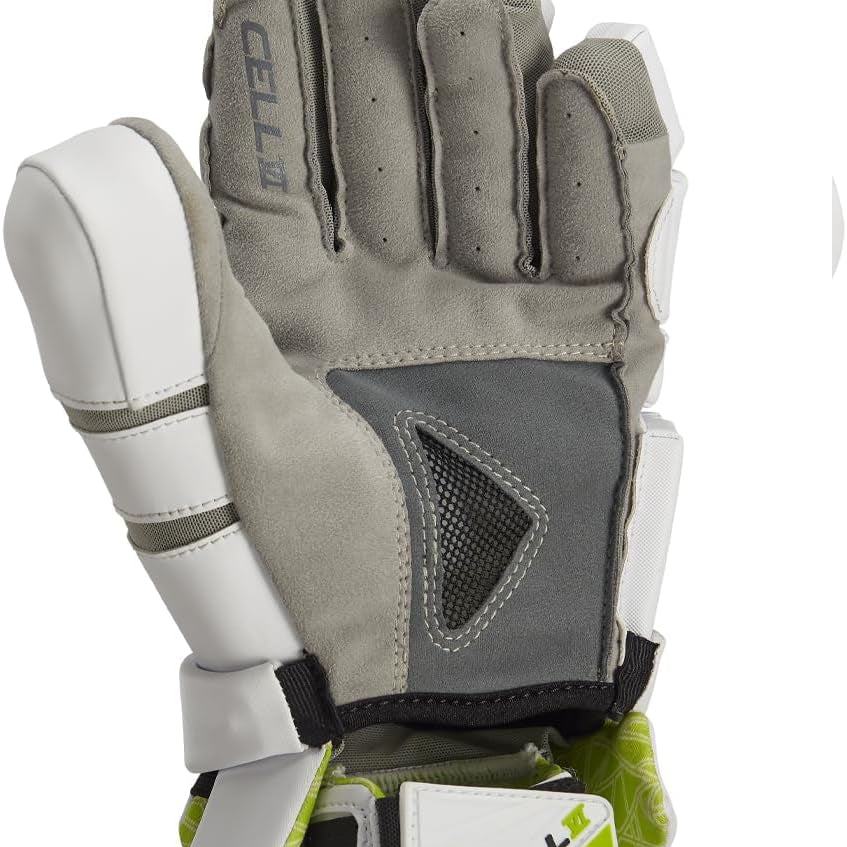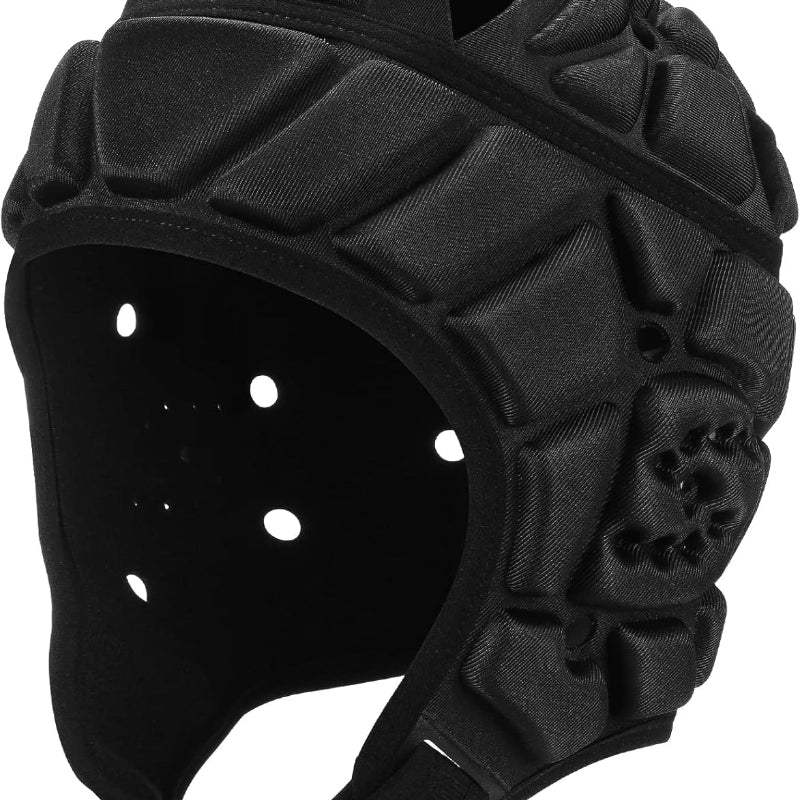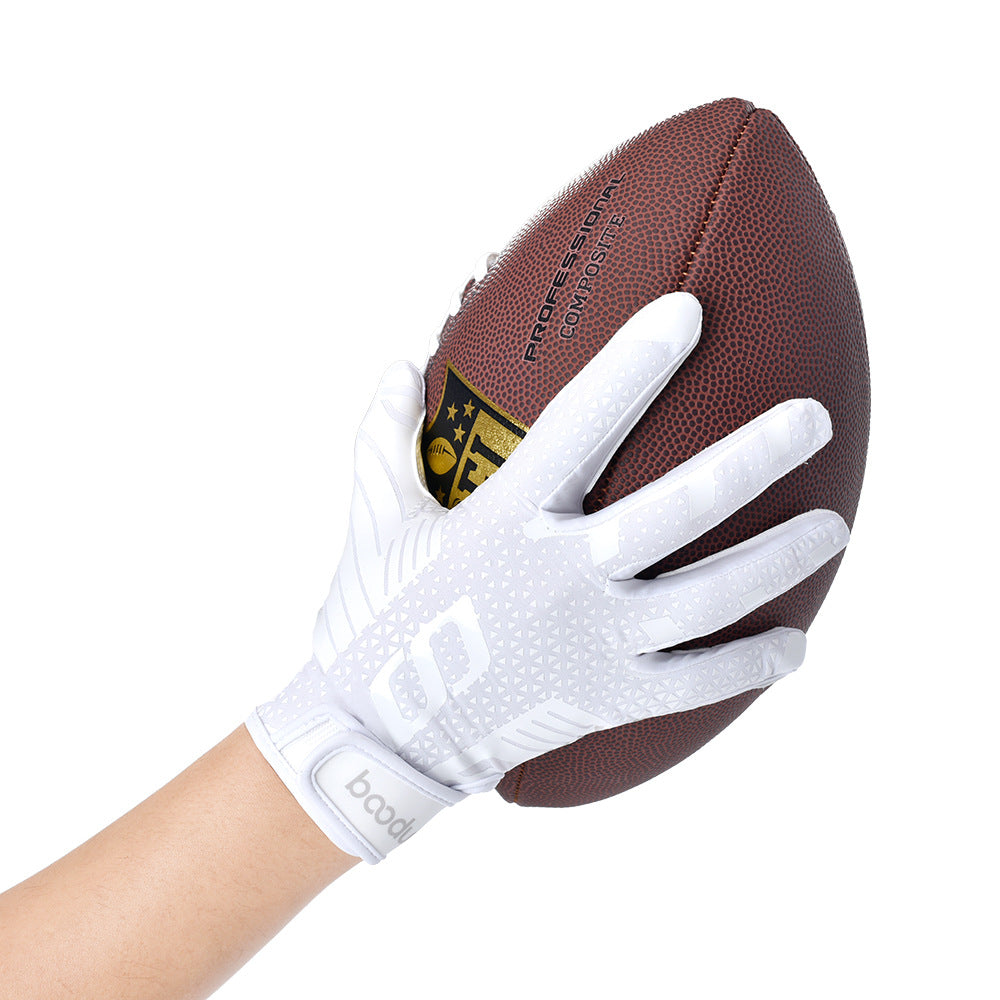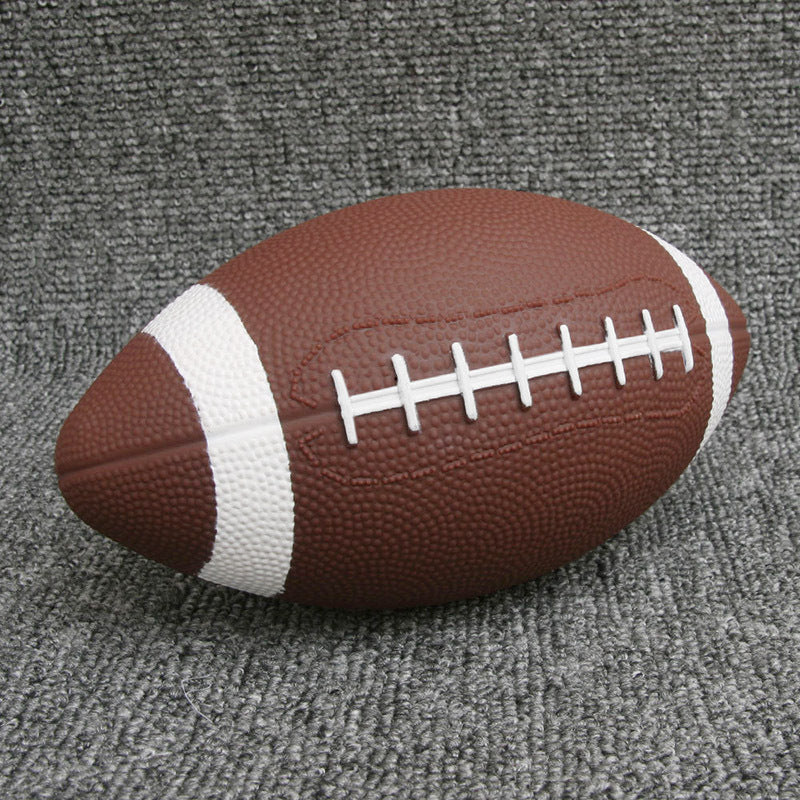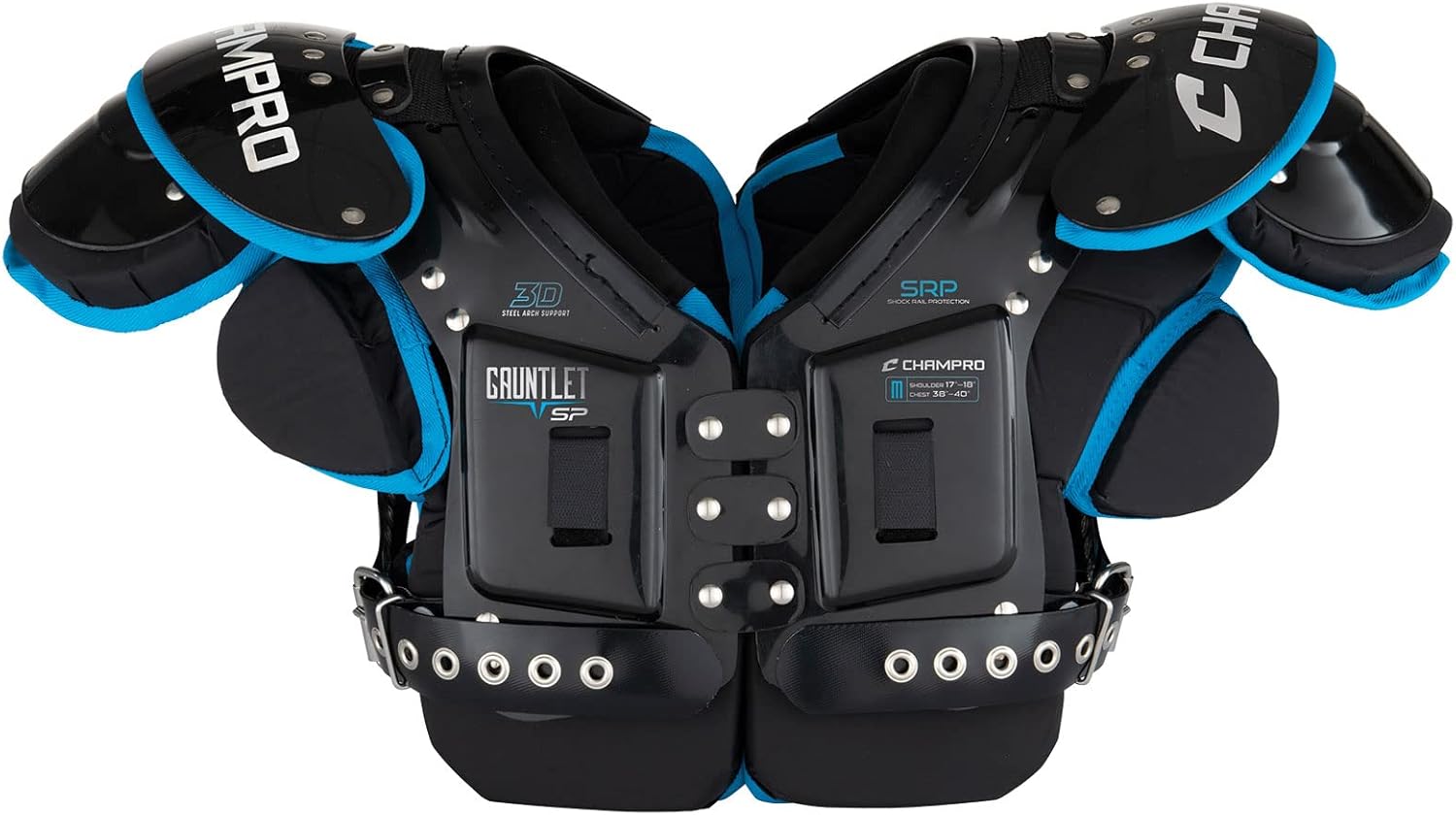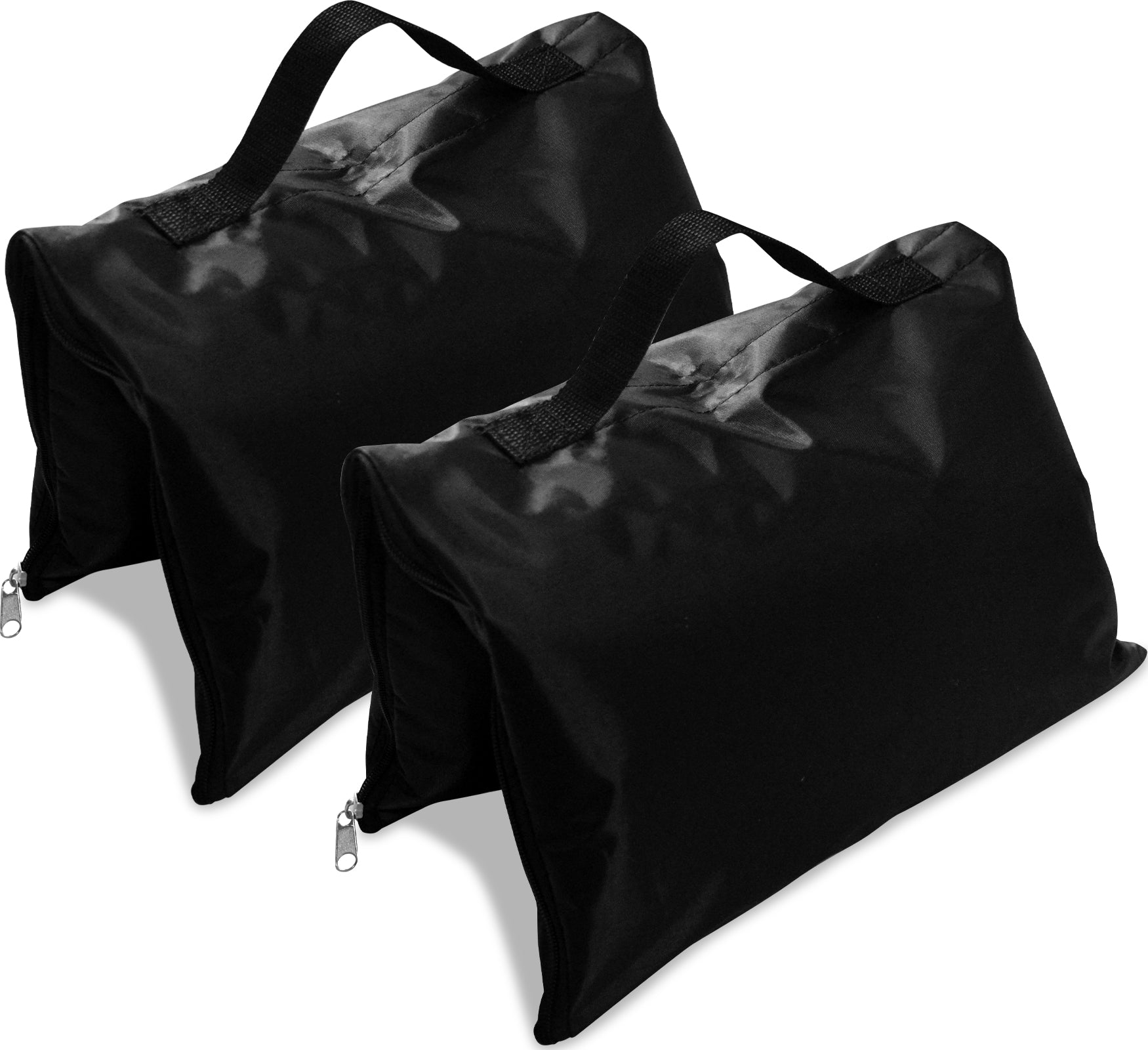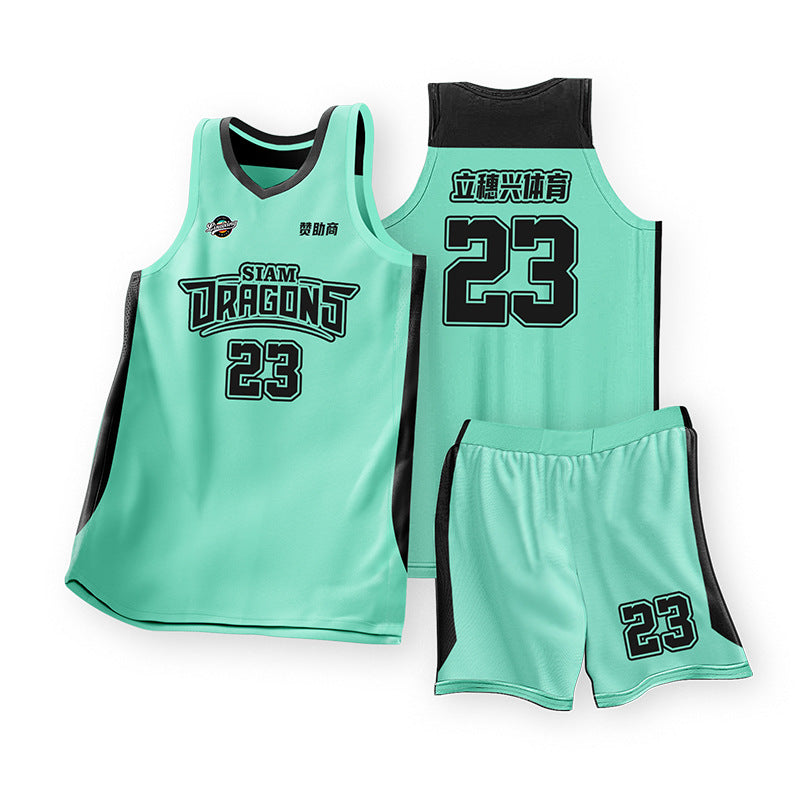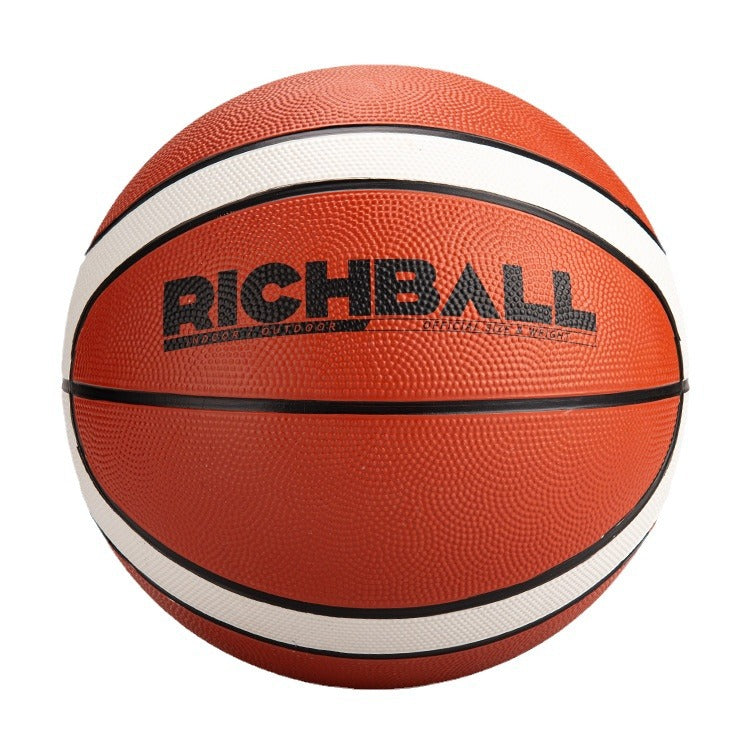Common Physical Injuries in Golf and How to Prevent Them with a galileo Golf Batting Cage at Home
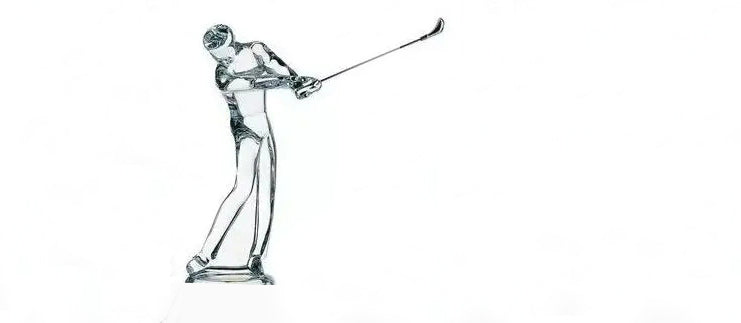
In this guide, I, a seasoned golfer, am diving into the world of common golf injuries and how we can keep ourselves in the game, injury-free, especially when practicing at home with a galileo golf batting cage.
Understanding the Risks
Throughout the entire golf swing process, there is a significant rotation of the shoulders and hips. Those with good flexibility are more likely to achieve the correct swing motion, utilizing the body's strength to enhance distance and control.
According to statistics, the risk of sports injuries in golf is approximately 15-40% for players each year, with a lifetime incidence ranging from 25-67%. Interestingly, hobbyists face a higher injury risk, with an annual rate of about 31-90% and a lifetime incidence between 60-85%. The most common causes of injuries among professional players are excessive repetitive practice, followed by biomechanically poor swing mechanics. Conversely, poor swing mechanics are the most prevalent cause of injuries among non-professional players.
Common golf injuries
1.lower back pain

According to statistics from foreign medical sources, lower back strains are the most common sports injuries experienced by amateur golfers, accounting for approximately 35%. This is related to factors such as the position of the ball, stance, swing action, and rotation of the waist. Insufficient strength in the lower back and abdominal muscles can increase the spinal burden, leading to back pain. Strengthening muscle power is crucial in addressing this issue.
Since the twisting force generated in the lumbar spine during a swing can cause back pain, golfers can adopt the traditional swing method with less torque. This involves rotating the shoulders and hips almost simultaneously, keeping the right elbow close to the body to prevent the wrist from collapsing during the upswing. Although this reduces the swing amplitude, it significantly decreases the load on the lower back.
Most back injuries occur during rotation and extension, causing strains in the back muscles, ligament sprains, or disc protrusion leading to back pain. For chronic lower back pain, changes in equipment and technique may be necessary. Golfers experiencing discomfort during bending may consider using an extra-long putter, reducing the strain on the lower back.
2.cervical pain
The cause of neck pain in golfers may be pre-existing cervical spine degeneration or arthritis. Some believe that premature lifting of the head to watch the ball during a swing can lead to abnormal rotation of the neck. However, the majority of cases are still attributed to excessive forward bending of the neck during the swing. Adopting a more upright stance and reducing the degree of head tilt downward can help alleviate this symptom.
3.shoulder pain in shoulder

Electromyography shows that throughout the entire swing, the shoulder joint and rotator cuff muscles are fully engaged and well-coordinated to execute this rapid and powerful movement while ensuring the safety of the shoulder joint. It was previously believed that for right-handed individuals, the left shoulder, being the guiding force, experienced more force and was more prone to injury. However, recent research indicates that both shoulders are involved nearly equally and that excessive or incorrect force application can lead to tendinitis or tears. The left shoulder may be more susceptible to injury due to weaker muscle strength and less training; treatment mainly involves muscle stretching exercises and strengthening movements.
4.elbow pain
Amateurs, due to incorrect swings, often incur additional elbow injuries, known as "golfer's elbow." This refers to medial epicondylitis on the inside of the elbow of the dominant arm, caused by increased force during the acceleration and impact phases of the swing. In players with improper force application, especially those with incorrect elbow bending, this condition is more likely to occur. Additionally, non-dominant arms may experience lateral epicondylitis, commonly known as "tennis elbow," which can result from excessive force or strain on the wrist. Since this injury is primarily caused by the unique striking technique of irons, practicing with woods and putters or elevating the ball with a tee when using irons is recommended. Moreover, protective gear can be worn to prevent elbow injuries during golf swings.。
5.wrist pain

Left wrist injuries account for approximately 23.9%, while right wrist injuries are only 3.1%. This is mainly due to the fact that during the swing, most of the stress is placed on the bent left wrist, especially on thick or damp grass where resistance increases, leading to greater force. The majority of injuries result from the repetitive extension and radial deviation of the wrist during the swing, causing overuse tendonitis. Reliable local muscle strengthening exercises can be used for treatment. As for pain caused by degenerative arthritis, considering the use of specially designed golf clubs may be an option.
6.sunburned skin
Whether it's summer or winter, walking the eighteen holes on the expansive golf course exposes you to a lot of sunlight. As the ozone layer continues to deplete and the risk of skin damage from UV rays increases, it's crucial to take preventive measures and skincare.
7.Other hips, knees and ankles
Injuries can also occur due to the twisting motion while swinging, and even accidental head injuries from being struck by the ball, club, or clubhead should be considered a form of sports injury. It's essential to be cautious and take preventive measures.
How to prevent these injuries!
1.Avoiding repetitive and excessive play to prevent fatigue
In the year 1900, scholars like McCarroll presented a report on sports injuries in amateur golfers, highlighting excessive practice or play as the most common cause of injuries. Similar to many musculoskeletal injuries, overuse of muscles and bones can lead to tissue fatigue, reducing the body's performance capabilities. Continued activity under fatigue increases the risk of injury.
2.Learning correct swing postures
Improper swings are another common cause of injuries, with many golf-related injuries occurring at the moment of impact near the swing. During this impact, the elbow and wrist are particularly vulnerable. Improper swinging can create an imbalance in force distribution, affecting the performance of tissues and exposing them to the risk of injury.
3.Be cautious
Another common mechanism of injury is hitting the ground during a swing. When the club hits the ground instead of the ball, the energy generated by the backward swing cannot be properly transferred to the ball. Instead, it rebounds back to the body, especially when gripping the club forcefully with both hands, causing an excessive load that may injure the tissues. Additionally, excessive swings and inadequate warm-up exercises are common causes of injuries.
4.Strengthen the body to improve the body function

Literature reports indicate that when comparing golfers with different handicaps, low-handicap golfers (0-9) have a higher injury rate (67.5%). The main reasons for injuries in low-handicap golfers are excessive play, followed by hitting the ground during swings. Regarding the relationship between age and injury risk, players aged 50 and above have a much higher injury rate compared to those below 50. Age-related physical decline may be the primary reason for this.
5.Seeking guidance from professional healthcare providers
Seeking guidance from professional healthcare providers for a comprehensive understanding of one's physical condition and addressing any muscle weakness or restricted joint mobility through early correction and training is advisable.
As the saying goes, prevention is better than cure. By understanding the main causes of golf-related injuries and taking preventive measures.We can effectively prevent injuries and improve the happiness of golf training.
Effectively prevent injuries- practice at homeusing galileo golf net
A Safe Haven for Swings
Picture this: controlled, safe practice. No more worries about where the ball will end up. If you feel tired, you can always rest.It's a haven for your swings, ensuring you focus on technique without the fear of misfires.
Convenient fitness and medical conditions
By using a galileo golf hitting cage to practice golf at home, we can save time on the golf course and use it for fitness. Developing the habit of warming up before each golf exercise will help prevent joint pain, elbow pain, etc. At the same time, as we all know, golf training grounds are very wide, and if an injury occurs, it will take a while for medical personnel to arrive. Convenient medical stations within residential areas can also provide timely protection for accidents that occur during golf practice.

All in all:
Golf is a skill-intensive sport, and improvement in performance comes through repetitive practice. The key factors for progress include maintaining the correct posture, choosing suitable clubs, warming up before hitting, and engaging in targeted muscle training. Prevention is paramount. In case of sports injuries, aside from early-stage treatments like ice application and later-stage treatments such as heat therapy and medication, rest is crucial.
Rest doesn't necessarily mean refraining from playing entirely; rather, it involves avoiding actions that may cause injury and considering protective gear. The aforementioned suggestions aim to be helpful for golf enthusiasts! Prioritize regular stretching exercises before and after engaging in golf to reduce the risk of injuries during physical activity. This practice can enhance physical and technical abilities, elevate the level of sports performance, and contribute to post-activity fatigue recovery and tissue repair.
0 Kommentare
